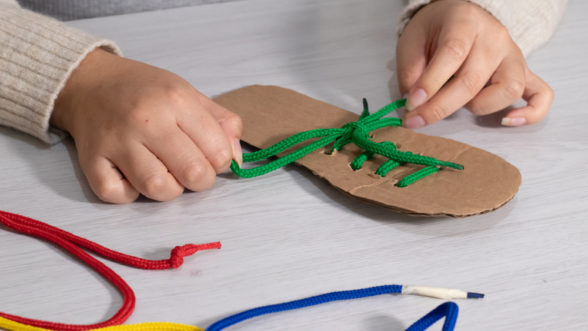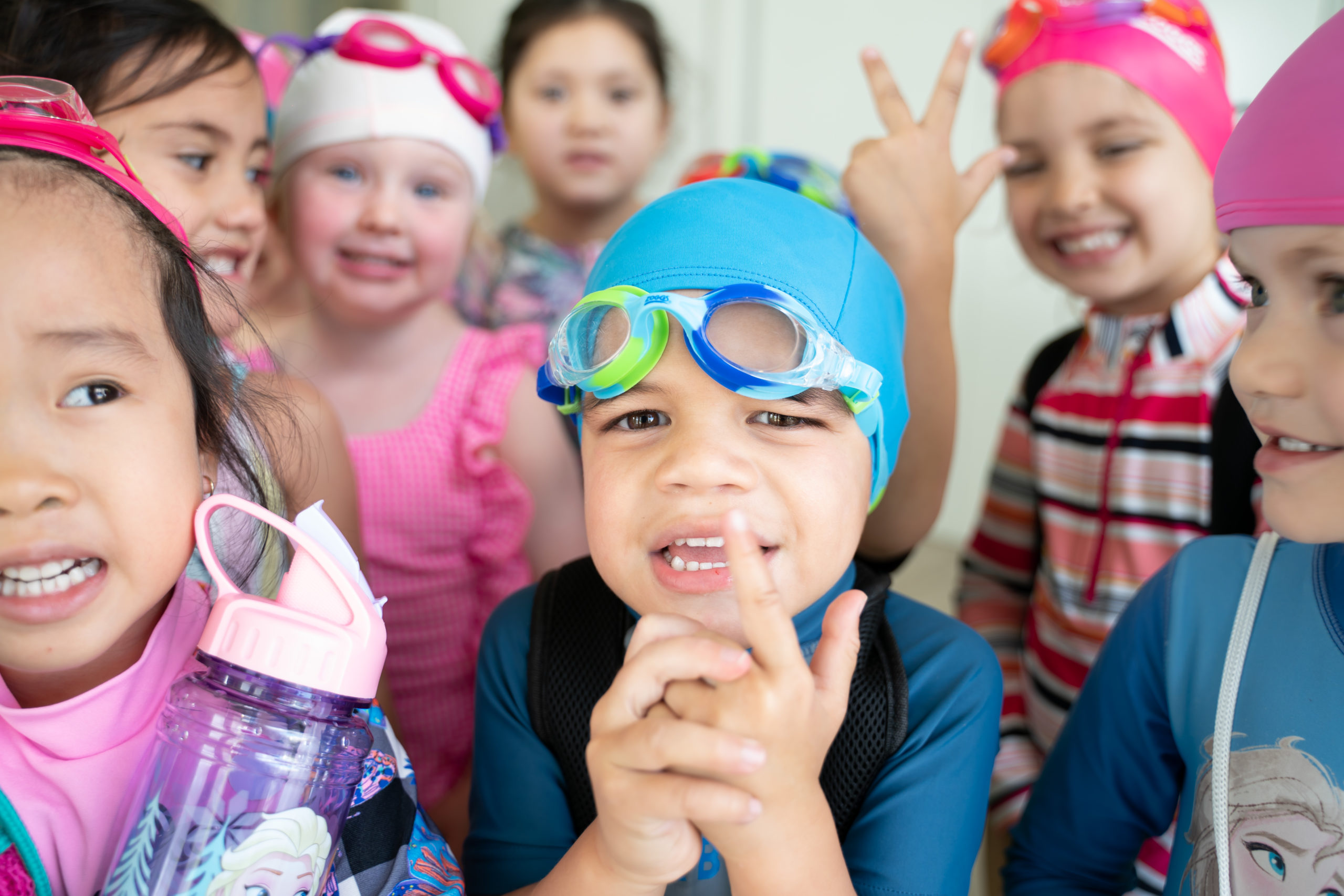
Education, Useful tools
Useful tools, Wellbeing
07 April, 2022

Swimming is a way of life here in Australia. With the majority of our population living on or near the coast, and so many homes having backyard pools, learning about proper water safety from a young age is key.
According to Royal Life Saving Australia, home pools in particular are often associated with a high risk of drowning – especially for children aged zero to four. A pool fence is the first line of defence, but there are countless instances of children making their way into pool areas and falling or jumping in without being able to get out.
There are plenty of measures you can take to keep your children safe by the pool. Ensure there is an adult in the water with them when you are teaching them water skills, and that pool fencing is safe when no one is by the pool. It is also a good idea for you or another guardian to learn CPR.
But more than anything, the best way to guarantee your child’s safety in and around the water is to equip them with the proper skills. Read on to find out how to teach kids to swim…
Some babies and older children are anxious swimmers and may be fearful in the water. While this can be a good thing as it ensures they are cautious by the pool edge, being too frightened will prevent them from learning properly.
To combat anxiety, make sure that swimming lessons are fun. Ease your child into the lesson by letting them choose their own toys to play with, singing their favourite songs and playing plenty of games in the water.
You can also help them feel more comfortable in the pool by conditioning them to the feeling of water on their head – slowly pouring water over their head and shoulders is a great way to do this. For older children, start with something easy like blowing bubbles to teach them to hold their breath.
Above all, remember that it takes time for your child to become comfortable with the water. Regular exposure to the water is key, especially from an early age.
Knowing how to teach a baby to swim comes down to three key things: repetition, patience and dedication. In their guidelines for infant and preschool swimming teaching, AUSTSWIM – Australia’s national organisation for the teaching of swimming and water safety – states that:
Babies can learn how to kick properly through certain songs and games (like kicking a toy or ball around the pool with ‘splashy toes’) and float on their back. This YouTube video has great songs to help you get started.
Initial independence can begin from the age of six months, but typically occurs around three or four years of age.
Infant swimming lessons are primarily about water familiarisation and parent education. They are designed to encourage children to enjoy the water from a young age.
While pool fences are important for water safety, they should be one of many tactics parents employ to prevent danger. Comfort and confidence in the water are key for your child learning to swim safely, and these are best fostered from a young age.